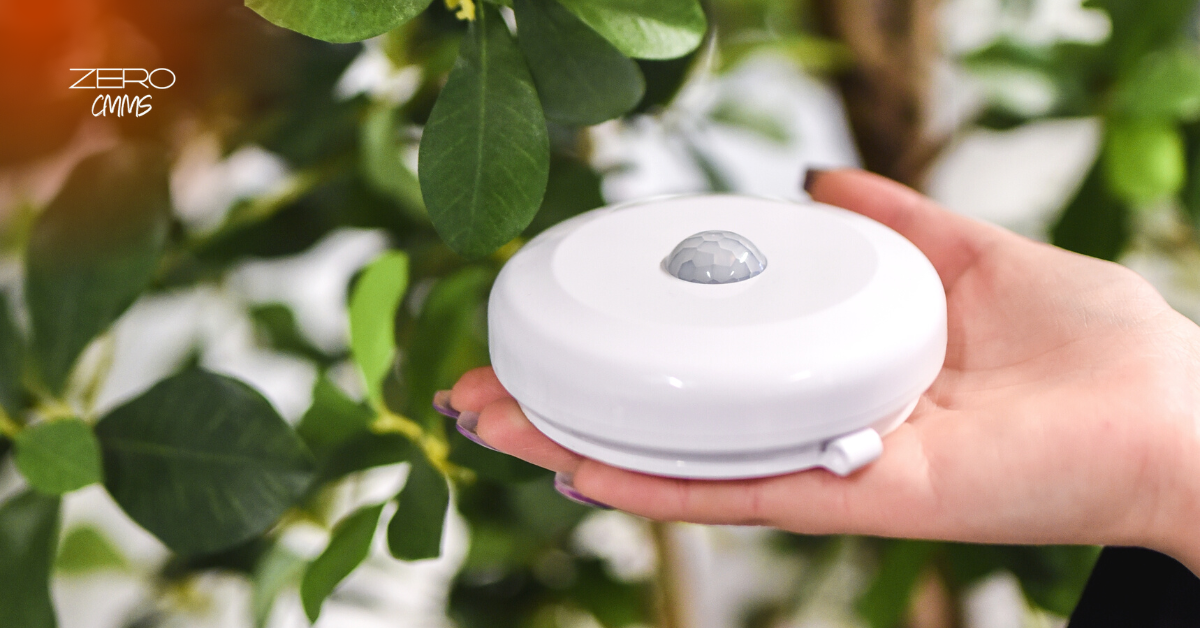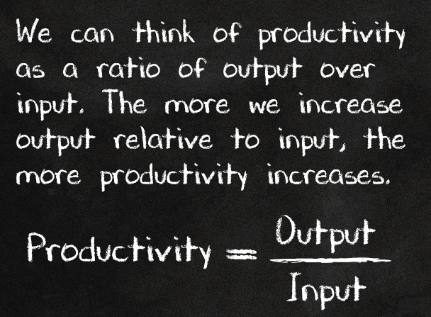7 min reading time
What Is Condition-based Maintenance?
5 ก.พ. 2023, 7:49:15

Condition-Based Maintenance or CBM in short is a type of Preventive Maintenance (PM) strategy where the upcoming due dates of PM tasks are not predetermined. Instead PM tasks are scheduled based on the machine condition data collected manually or automatically with the help of portable or fixed IoT-sensors.
Preventive CBM strategy is selected for critical operating fixed assets to prevent undesirable events from affecting the operational availability and quality, and the productivity of the company. Machine condition data is used to optimize maintenance schedules and costs by avoiding maintaining machinery and equipment too often and never too late. PM Task execution is triggered only if the measured value of the condition exceeds the limits set on the condition.
Preventive CBM strategy improves productivity by optimizing preventive maintenance costs and by making sure operating fixed assets are running as long as possible before they are shut down for planned maintenance. Productivity is the key for making money. The goal of all for-profit companies is to make money, and use it for asset replacements, improvements, or new investments to grow the company. Otherwise the money must be paid back to the owners or shareholders as dividends.
THE PURPOSE OF CONDITION-BASED MAINTENANCE
The purpose of preventive condition-based maintenance is to prevent undesirable events from happening and to keep the operating fixed assets in good working order and operational availability and quality at designed level or better. And to avoid maintaining machinery and equipment too often and never too late.
WHY IS CONDITION-BASED MAINTENANCE IMPORTANT?
Productivity is the amount of products produced and services delivered (output) divided by the amount of raw materials, energy, labor, and other resources (inputs) used to produce those products and deliver those services.
 SOURCE: U.S. BUREAU OF LABOR STATISTICS
SOURCE: U.S. BUREAU OF LABOR STATISTICS
Preventive condition-based maintenance plays a key role by keeping the most valuable operating fixed assets in good working order, which enables operations and sales to keep producing and selling more products and delivering better services around the clock. The lack of preventive condition-based maintenance will lead to high preventive maintenance costs if preventive maintenance tasks are executed too often or too late causing machine breakdowns and unplanned maintenance downtime that will lead to poor operational availability and quality, reduce productivity, and eventually the company will make less or lose money.
THE GOAL OF PREVENTIVE CONDITION-BASED MAINTENANCE
The ultimate goal of preventive condition-based maintenance is to:
"Reduce the unplanned maintenance downtime to zero and optimize the cost of preventive maintenance."
Preventive condition-based maintenance will let you run operating fixed assets as long as possible before preventive maintenance tasks must be executed. The most valuable operating fixed assets are often the most expensive ones to maintain so avoiding executing preventive maintenance tasks too often will optimize the cost of preventive maintenance and improve the productivity of the assets.
PREVENTIVE CONDITION-BASED MAINTENANCE STRATEGY
Preventive condition-based maintenance is one of the four types of preventive maintenance strategies selected by business owners, executive directors, or business management teams for the realization of the preventive maintenance of the operating fixed assets of the company.
PREVENTIVE CONDITION-BASED MAINTENANCE PROGRAMS
Preventive condition-based maintenance programs are developed by the maintenance management team based on the maintenance goals and objectives approved by the company management. The most valuable operating fixed assets are selected as the objects of the programs to optimize the preventive maintenance costs and to make sure that the selected machinery and equipment will not fail in operation. The programs can include sub-programs and projects and they are implemented to execute the selected preventive condition-based maintenance strategy.
MACHINE CONDITION DATA
Preventive condition-based maintenance needs machine condition data to determine the timing of execution of the preventive maintenance tasks. Machine condition can be measured with portable devices on a regular basis or continuously with the help of fixed devices installed permanently on selected machinery and equipment. Devices can be wired for transferring condition data from the devices to local gateways or wireless battery-driven devices communicating with local gateways via Bluetooth or WiFi connection, for example. Collected data can be used on the premises or transferred further in to the cloud over the internet.
CONDITION MONITORING SYSTEM
Machine condition data is received by a Condition Monitoring System or CMS in short. The system can be used to view the data and compare it with historical data as well as analyze the data with the help of internal or external subject matter experts if necessary.
CLOUD-BASED MAINTENANCE MANAGEMENT SYSTEMS
Machine condition data can be transferred further into a Computerized or Cloud-based Maintenance Management System like the ANEO Zero CMMS. A CMMS can schedule upcoming recurring preventive maintenance tasks automatically based on the machine condition data or create service requests or nonrecurring corrective maintenance work orders and tasks for immediate or deferred execution. Service requests are converted into work orders and tasks and deferred work orders are scheduled later by the maintenance planners.
THE OTHER 3 TYPES OF PREVENTIVE MAINTENANCE
There are three other subtypes of preventive maintenance strategies to choose from:
- Predetermined preventive maintenance
- Predictive preventive maintenance
- Prescriptive preventive maintenance
Predetermined preventive maintenance strategy sets due dates for upcoming preventive maintenance tasks based on regular service intervals based on time or usage. A common case is car maintenance. For example, a new car must be taken to car service every six months or 10,000 km or otherwise manufacturer's warranty will expire. The car manufacturer also determines what services the car service packages include and what spare or ware parts must be used for the car service regardless of the condition of the car or its parts.
Predictive preventive maintenance analyses collected machine condition data and develops algorithms to predict the timing of upcoming failures. Preventive maintenance tasks are scheduled and allocated for execution before the predicted failure dates.
Prescriptive preventive maintenance also analyses collected machine condition data and develops algorithms to predict the timing of upcoming failures and in addition uses subject matter experts or artificial intelligence to recommend actions to be taken to prevent failures from happening. For example, a prescription for a paper machine could be to reduce machine speed based on vibration data collected from the bearings of the paper reels.
WHAT IS THE RIGHT MAINTENANCE STRATEGY?
Well, it depends ...
When you acquire new property, plant, or equipment their manufacturers predetermine the preventive maintenance actions to be taken in order to keep their warranty valid. So you must follow the predetermined plan until the warranty period ends otherwise the warranty will expire prematurely. A cloud-based maintenance management system can help you follow the manufacturer's plan and avoid missing any upcoming PM tasks.
However, after the warranty period has expired it's up to you to decide whether you want to keep following the original manufacturer's maintenance plan or change to another one.
If the asset in question is not critical to your operations and not too expensive to repair or replace if needed, you might choose a corrective maintenance strategy and let the asset run to failure before you maintain or repair it.
However, if the asset in question is critical to your operations and its failure could stop operations, or it could cause damage to other property, plant, and equipment, people or the environment, or it would be very expensive to repair, you might want to choose a predetermined, condition-based, predictive, or prescriptive strategy instead.
Preventive predetermined maintenance strategy will prevent machinery and equipment from failing or breaking down only if the preventive maintenance tasks are scheduled and executed often enough. This may lead to the loss of production during planned maintenance downtime and higher maintenance costs due to expensive labor costs or spare parts and materials. If the preventive maintenance costs of your critical assets are relatively high, you should consider a preventive condition-based maintenance instead.
Preventive condition-based maintenance requires investments in IoT-devices and condition monitoring systems to measure, collect, store, and analyze machine data. Even if the investment seems expensive it may pay back itself quickly if the selected operating fixed assets are valuable and their preventive maintenance costs are relatively high. The good news is that the price of battery-driven IoT-sensors have gone down and the installation costs of wireless devices is relatively low. And many condition monitoring systems are nowadays delivered to customers via wireless data networks as a software service (cloud service) just like cloud-based maintenance management systems are.
Selecting maintenance strategies is not easy. But we can help.
Blog Posts
What Is Prescriptive Maintenance?
Prescriptive Maintenance or RxM in short is a type of Preventive Maintenance (PM) strategy where...
What Is Predictive Maintenance?
Predictive Maintenance or PDM in short is a type of Preventive Maintenance (PM) strategy where the...
What is a CMMS? Get your maintenance jobs done better or more cheaply!
A computerized maintenance management system is a CMMS software solution that helps you manage your...

